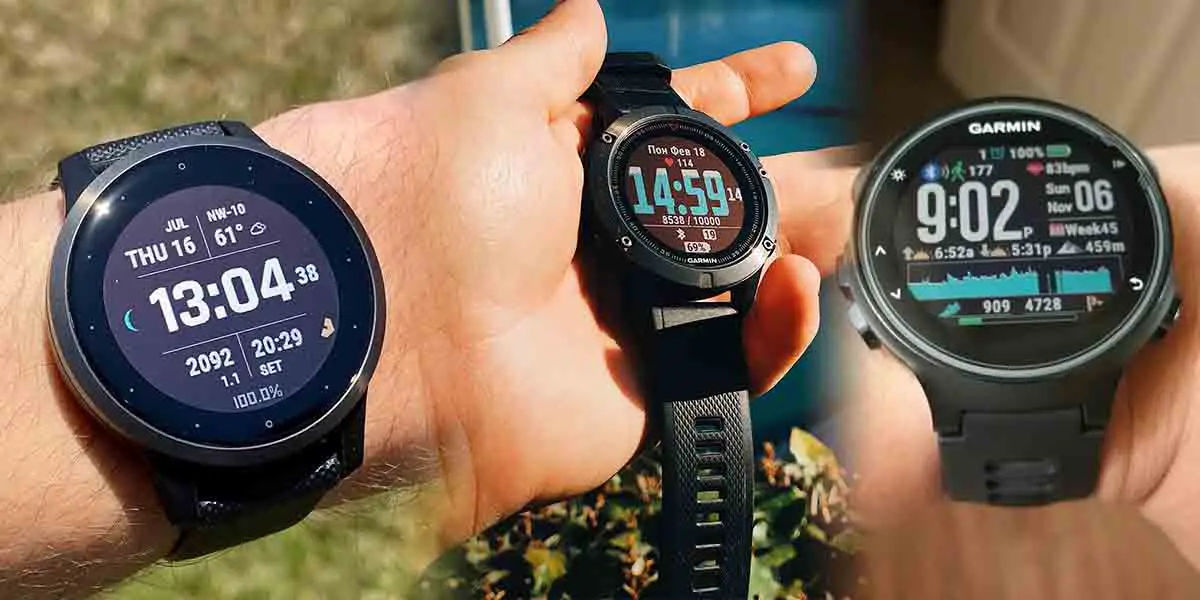

You only end up with angry-looking indentations on your wrist if you do the strap up extra-tight. We find we tend to take the Vivoactive 4 off for a few hours each day.

The lighter and smaller a watch is, the less likely you are to notice it is even there on your wrist after a few hours. The Vivoactive 4’s standard silicone band is thicker and has less “give” than the Forerunner’s. This is a comfortable watch to wear, but again the Forerunner 645 wins out slightly here. But just buy a Vivoactive 4S if a slim watch is what you want as it has similar features with a slightly smaller screen and battery. The Vivoactive 4 is larger, and it's significantly so. It’s the watch we use to track runs week-to-week. We switched to the Vivoactive 4 from using the Forerunner 645 Music. Every bit of such protection adds to a watch’s dimensions, though. Its screen is protected by Gorilla Glass 3 tech, but it's not recessed like the Fenix 6’s, making it slightly more vulnerable. A band of silver, but not chrome-bright, metal sits around the edge of the watch.

The Garmin Vivoactive 4 looks fairly similar to the Vivoactive 3 and Foreunner 645. If you want a more affordable alternative, you could opt for the Vivoactive 3, though this older model is now starting to get quite outdated. The Vivoactive 4 is a good route to Garmin watch tracking without blowing a huge hole in your finances. That’s a little more than the Garmin Forerunner 645 Music, and loads less than either a Forerunner 945 or Fenix 6. It was priced at $349.99 (£259.99, AU$499.99) at launch, but can now be snapped up for around $300. The Garmin Vivoactive 4 was announced in September 2019 at the IFA conference and it is a follow-up to 2017’s Vivoactive 3.


 0 kommentar(er)
0 kommentar(er)
